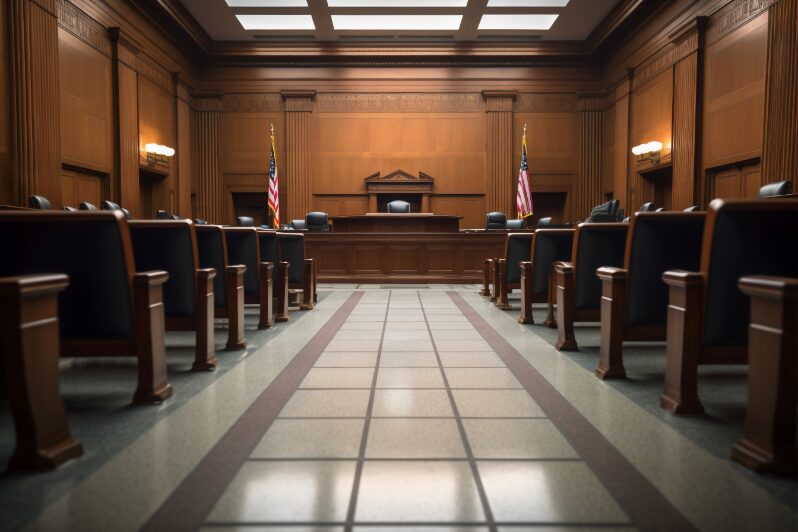The UAE Federal Supreme Court (“Supreme Court”) recently made a ruling on the provisions relating to the procedural requirements for notifications of decisions made by the tax dispute resolution committees, and the effect of such requirements on the time-bar limitation to approach the Courts to contest such decisions.
The rule of thumb is that any Taxpayer may approach the Federal Tax Authority (“FTA”) to reconsider any decisions issued in connection with such a Taxable Person, within twenty business days of the aggrieved person being notified of the decision.
In addition, should the aggrieved person wish to further object to the FTA’s decision in respect of the reconsideration application, he or she would do so by submitting a dispute with the competent tax dispute resolution committees of either Abu Dhabi, Dubai or Sharjah, depending on the domicile of the aggrieved person.
Article 33(1) of the Tax Procedures Law states that where either the FTA or the complainant are unhappy with the decision of the Tax Dispute Resolution Committee, either party may approach the Courts to appeal the decision within twenty business days from the date of notification to the objector.
However, in the matter at hand, the Supreme Court found that the time limit to challenge the decision of a Tax Dispute Resolution Committee (“Committee”) does not start running if the notification of the decision does not comply with Article 7 of the Executive Regulations of Civil Procedures Law which set out the details of how and to whom the said notification must be made.
Therefore, in the matter before it, the Supreme Court found that a dispute against a decision made by a Committee, which was filed with the Supreme Court nearly four months after its issuance, rather than within the prescribed twenty business days, was lawful since proper notification of the decision to the complainant had not taken place. The Supreme Court accordingly further confirmed that the time limit will only start running once the requirements as set out in Article 7 of the Executive Regulations have been satisfied, even if notification was made to the complainant’s last known address.
The significance of this decision lies in the fact that Article 7 of the Executive Regulations relates to litigation before the Courts, whereas Tax Dispute Resolution Committees are administrative committees and, although they are chaired by a member of the judiciary, are not Courts.
Thus, the fact that the Supreme Court has now applied these provisions of the Civil Procedures Law to the procedures applied by the Committees in this instance, is welcome in that it provides much-needed illumination as to the manner in which notifications must take place to trigger the commencement of the 20-business day time-bar period within which the complainant may approach the Courts for relief.
The reasoning that the Supreme Court offered for its decision was that since the Tax Procedures Law fails to specify how and to whom the notification must be made; the provisions of Article 7 must be considered to determine if the notification was made in a manner which was adequate to trigger the commencement of twenty business days’ time-bar period prescribed in Article 33(1) of the Tax Procedure Law.
